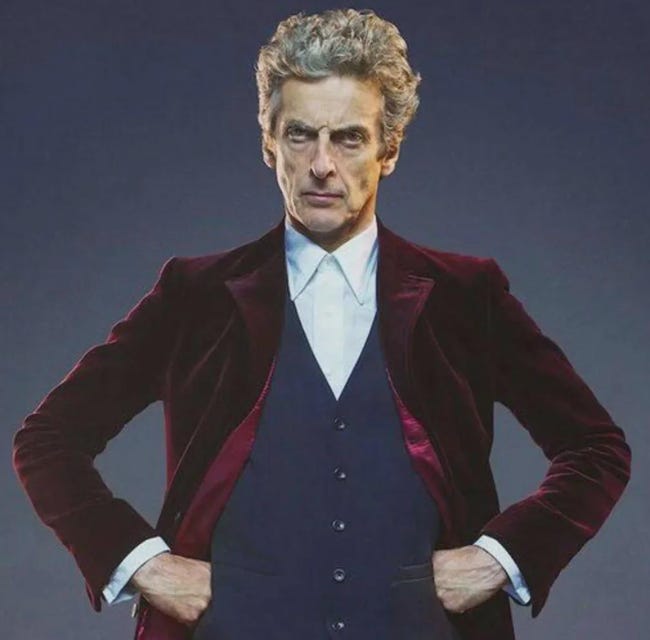Over the weekend, a reader hit me up with one of the best questions I’ve been asked about the Cruel Stars trilogy. They wanted to know why I don’t spend much time describing what the characters look like. Why don’t I tell you whether Lucinda Hardy has red hair or how tall Sephina L’Trel is? Why leave McLennan’s face to the imagination?
It’s not because I don’t have strong images of them myself — I absolutely do. In fact, in my head, they’re as real and specific as the faces of old friends. I know exactly what they look like when they smile, when they’re battle-weary, when they’re calculating a move in the middle of a brutal fight.
But here’s the thing: I’ve come to believe it’s impossible — and maybe even counterproductive — to try and impose that image onto a reader.
A few years ago, I read a psychology paper that stuck with me. It explored how readers form mental images of fictional characters. Turns out, it’s not like painting a portrait in the mind’s eye. It’s more like conjuring a magical, shifting impression — a character isn’t a static picture but a feeling, a flickering presence. Maybe readers latch onto a standout feature — Lucinda’s too-straight uniform, a scar, Seph’s shock of platinum dreadlocks — but the rest? It’s fluid. It shifts and reshapes as the story moves along.
In other words, readers don’t really “see” characters the way an author might imagine them. They feel them. They build them from the inside out: from their fears, their flaws, the way they speak, the choices they make under pressure. Those are the details that stick.
That’s why I choose to let personality do the heavy lifting. I want you to know Lucinda by the way she stiffens her shoulders against impossible odds, by her quiet, stubborn sense of duty. I want you to know Seph by her brash swagger and the way she wears her grief like a battle scar. I want you to sense McLennan’s age and gravity in the way he looks at a problem, not because I told you he has grey hair. (Although, to be fair, I’d be very surprised if anyone didn’t imagine this guy as Mac).
To me, it’s more important that you feel who they are than see them exactly the way I do.
And honestly? I like the idea that everyone’s Lucinda, everyone’s Booker, everyone’s Alessia is a little different. A private portrait painted in the mind of each reader.
It feels more democratic that way. And frankly, once the story is in your hands, it belongs to you. The characters do, too.
On which matter, I’ve been talking to the publishers about the third and final instalment (which was finished in draft over a year ago), and it’s looking like 2026.
